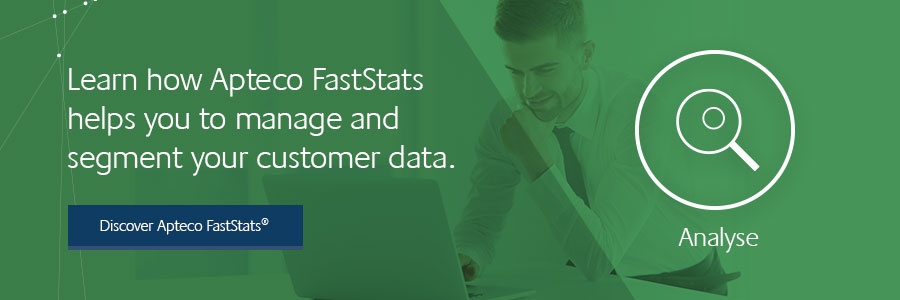7 things a marketer should know about customers
15 Oct 2019 | by Anne-Kathrin Stolz
How to get the most important information about your customers to improve the performance of your campaigns.
The key to a personalised and targeted customer approach is a good understanding of your customers. Sounds simple! But what exactly should you know about your customers?
Read on to find out our top 7 recommendations for better understanding your customers:
1. Who are my top customers?

Top customers are the proportion of customers who regularly generate high sales. These can be identified by the so-called RFM analysis. To do this, ask the following questions:
Recency: How long since their last purchase?
Frequency: How often do they buy?
Monetary: How much revenue was generated?
The top customers can then be determined from the intersection of these three groups.
2. Where are my customers located?

The geographical location of customers can be important for marketers, as it can have a decisive influence on customers’ preferences if their purchases are geographically based – for example, which airport to book flights from, or which venue to attend a live event at.
Geo-analysis uses spatial information such as postcodes for visualisations and selections. This enables new perspectives on market penetration, the identification of new market potential and the dispatch of regional offers and/or teams.
3. What do my customers buy?

Which customer bought which product? This is a fairly important question. Not only does it inform you about your current customers, but it also allows you to identify customers with a similar profile who have not yet purchased this product. This enables the realisation of untapped potential.
Customer profiles can be defined based on demographic, psychographic, geographic or behavioural characteristics.
4. What turnover do my customers generate?

Knowing which customer group generates what turnover is crucial for the distribution of your marketing budget. For example, customers can be identified in order to receive loyalty rewards or higher quality communications.
Often referred to as Customer Lifetime Value (CLT), this metric represents the total revenue that a customer generates during a company's life cycle.
5. When and how often do my customers buy?

When and how often customers buy is essential information, especially in retail, in order to optimise orders and inventory accordingly. In addition, this information can be used to identify the best possible time for advertising or campaign contact, and customers at risk of churn.
The prerequisite for this is the transaction history of the customers. This can be mapped, for example, in a CRM system.
6. How many customers do I lose per year?

Even though your number of customers may have remained constant over a longer period of time, it’s possible that some customers have churned and this effect has been offset by new customers. In order to increase the customer base in the long term, however, it’s important to know how many customers churn each year, identify possible causes for this and take appropriate countermeasures.
Precisely which customers have churned can be determined by the last transaction date using a CRM system.
7. How many new customers do I gain each year?

Based on the number of new customers you can see which marketing communications have been particularly effective to date. This helps to plan your sales forecasts for the coming year, and determine which marketing measures should be given more focus.
New customers within one year can be recognised in the CRM system based on the creation date of the data master record.


